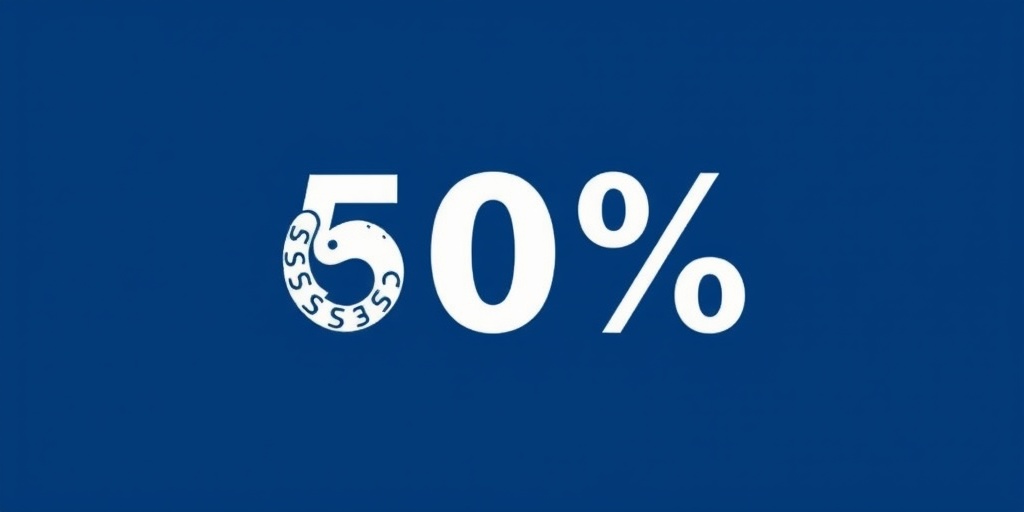Now Reading: Trump’s Crackdown Significantly Reduces Migration
-
01
Trump’s Crackdown Significantly Reduces Migration
Trump’s Crackdown Significantly Reduces Migration
US-Mexico Border Crossings Drop to Historic Lows Amid Stringent Policies
In a significant turn of events, illegal crossings at the U.S.-Mexico border have plummeted to their lowest levels in decades. Once-bustling migrant shelters are now mostly empty, and many people who had been stranded in Mexico are beginning to return to their home countries in greater numbers.
The current state of the border stands in stark contrast to two years ago when chaotic scenes unfolded as hundreds of thousands of migrants from various regions attempted to enter the United States each month. During the presidency of Joseph R. Biden Jr., public backlash regarding immigration policies prompted a crackdown on asylum seekers, which led to a notable decrease in border crossings. By the end of his administration, illegal crossings had reached the lowest levels seen during his presidency.
However, the policy shifts under President Trump have intensified this trend, implementing even more rigorous measures. Trump’s administration has adopted several hardline tactics, including suspending asylum indefinitely for those seeking refuge via the southern border, deploying military troops to deter border crossings, and widely publicizing deportation flights. Additionally, Trump has pressured Latin American governments, such as Mexico’s, to enhance their efforts to limit migration.
Eunice Rendón, coordinator of Migrant Agenda—a coalition of Mexican advocacy groups—proclaims that “the entire migration paradigm is shifting,” attributing this transformation to Trump’s policies and the subsequent fear felt by families across the region. Critics, particularly from the left, argue that such measures are not only politically contentious but also fail to address the root causes of migration.
Recent statistics underscore the gravity of this situation. In February 2025, the U.S. Border Patrol recorded just 8,347 apprehensions of individuals attempting to cross the border illegally. This figure stands in stark contrast to the more than 225,000 apprehensions documented in December 2023. The decline in crossings had already started during the final months of the Biden administration, which saw 47,330 apprehensions in December—the last full month of Biden’s presidency. The sharp drop has drawn attention to the potential for a significant reduction in migrant apprehensions, with experts predicting numbers may return to levels unseen since around 1967.
Migration patterns are also shifting further south. For instance, the number of individuals traversing the Darién Gap—a treacherous land route connecting South America and Central America, often seen as an indicator of migration pressures at the U.S.-Mexico border—plummeted to just 408 in February 2025, a dramatic decline from over 37,000 in the same month the previous year.
While some supporters of stricter immigration policies celebrate the current landscape, caution remains critical. Experts note that a temporary lull in migration at the start of Trump’s first term was not a lasting trend. Economic sanctions against countries like Venezuela and Cuba might exacerbate existing hardships, potentially leading to new waves of migrants seeking refuge. Furthermore, the imposition of tariffs by the Trump administration is seen as a destabilizing factor that could push economies in the region into recession, a backdrop that often fuels migration.
Developments on the ground in Mexico reflect these changing dynamics. For example, many migrants are now seeking help to return to their home countries rather than attempting to cross into the U.S. According to the International Organization for Migration, inquiries for assistance surged to 2,862 in January and February 2025.
Further illustrating the shift in sentiment among migrants, a survey conducted by the International Rescue Committee revealed that nearly half of respondents who initially aimed to reach the U.S. now intend to remain in Mexico. Many migrants face harsh conditions as they await processing for asylum applications in Mexico, where pathways to legal employment are complicated and often protracted.
Despite the challenging circumstances, some migrants remain hopeful. Peter Martínez, a Cuban migrant whose asylum appointment was canceled, remarked, “Mexico can be dangerous and hard, but it is still better than going back to our country.”
This evolving situation coincides with the anticipated implementation of Trump’s further hardline measures, including an emphasis on mass deportations and invoking the Alien Enemies Act of 1798. Migration experts trace parallels to historical crackdowns, with comparisons being drawn to the 1950s “Operation Wetback” aimed at deporting Mexican laborers amid significant public outcry over immigration.
The current climate surrounding immigration remains fraught with tension and uncertainty, echoing historical patterns while highlighting the need for comprehensive solutions to address the root causes of migration rather than solely punitive measures.
Stay Informed With the Latest & Most Important News
Previous Post
Next Post
-
 01New technology breakthrough has everyone talking right now
01New technology breakthrough has everyone talking right now -
 02Unbelievable life hack everyone needs to try today
02Unbelievable life hack everyone needs to try today -
 03Fascinating discovery found buried deep beneath the ocean
03Fascinating discovery found buried deep beneath the ocean -
 04Man invents genius device that solves everyday problems
04Man invents genius device that solves everyday problems -
 05Shocking discovery that changes what we know forever
05Shocking discovery that changes what we know forever -
 06Internet goes wild over celebrity’s unexpected fashion choice
06Internet goes wild over celebrity’s unexpected fashion choice -
 07Rare animal sighting stuns scientists and wildlife lovers
07Rare animal sighting stuns scientists and wildlife lovers



















